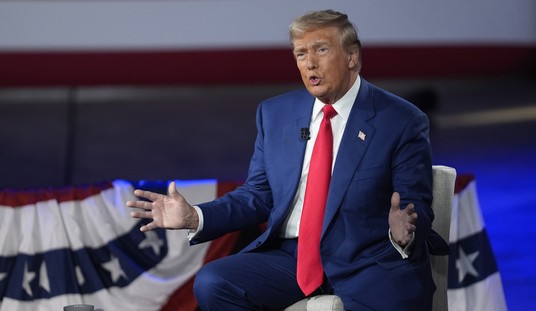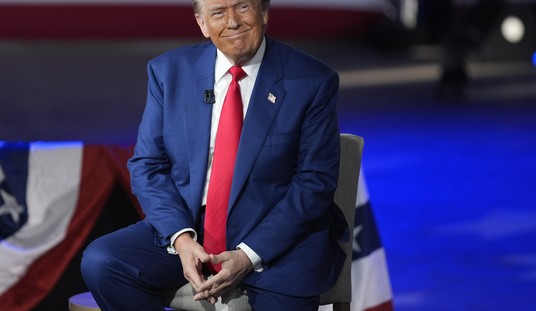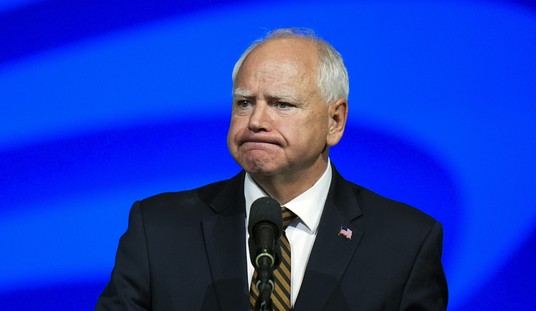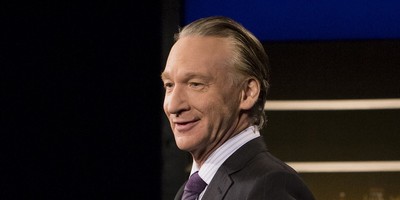 The moral of this story --coming out Sunday in The New Yorker -- could be applied to all aspects of life:
The moral of this story --coming out Sunday in The New Yorker -- could be applied to all aspects of life:"He would never forget the first time he saw a basketball game. He thought it was mindless. Team A would score and then immediately retreat to its own end of the court. Team B would inbound the ball and dribble it into Team A’s end, where Team A was patiently waiting. Then the process would reverse itself. A basketball court was ninety-four feet long. But most of the time a team defended only about twenty-four feet of that, conceding the other seventy feet. Occasionally, teams would play a full-court press—that is, they would contest their opponent’s attempt to advance the ball up the court. But they would do it for only a few minutes at a time. It was as if there were a kind of conspiracy in the basketball world about the way the game ought to be played, and Ranadiv? thought that that conspiracy had the effect of widening the gap between good teams and weak teams."
"What happened...when the underdogs...acknowledged their weakness and chose an unconventional strategy? [...] In those cases, David’s winning percentage went from 28.5 to 63.6. When underdogs choose not to play by Goliath’s rules, they win."
Advertisement
























Join the conversation as a VIP Member